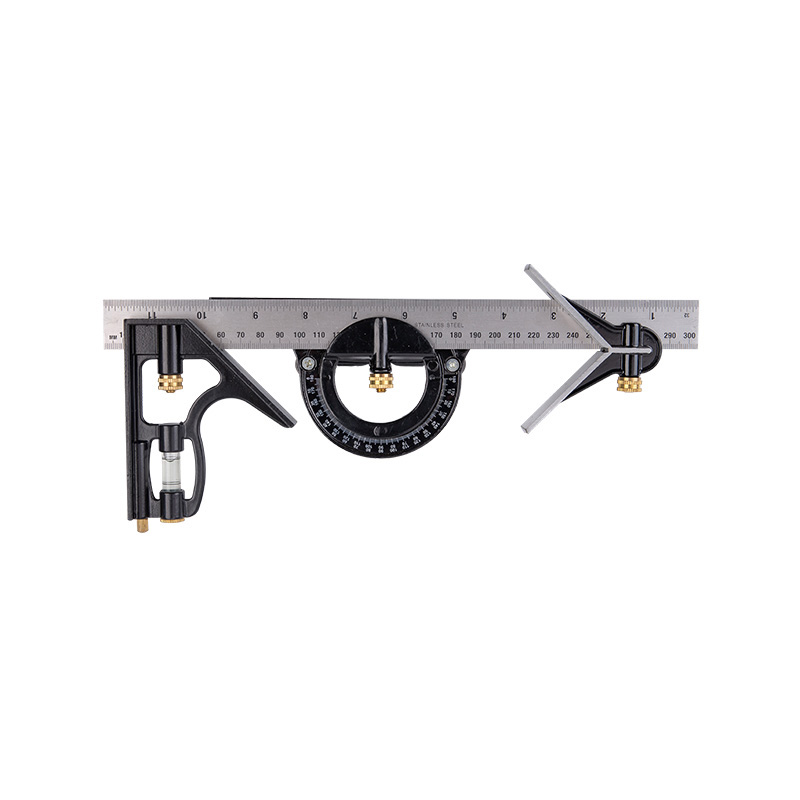2. Essential Features to Look for in a Rafter Square
Accuracy and Markings: The accuracy of the measurements and markings on a rafter square is vital for precise and reliable results. Ensure that the square has clear and easily readable graduations, preferably etched or laser-etched for durability. Look for squares that feature both imperial and metric measurements to accommodate different project requirements.
Versatility and Functionality: Consider the versatility and functionality of the rafter square. Look for squares that have multiple applications, such as being able to function as a protractor, ruler, or saw guide. Some squares may have additional features like angle finders, scribing notches, or conversion tables, providing added convenience and utility.
3. Considerations for Choosing the Right Rafter Square for Your Needs
Weight and Portability: If you frequently work on the go or need to carry your tools around, the weight and portability of the rafter square become important factors. Opt for a square that strikes a balance between durability and lightweight construction, making it easier to transport and handle without compromising its sturdiness.
Comfort and Ergonomics: As rafter squares are often used for extended periods, ergonomics and user comfort should not be overlooked. Look for squares with comfortable hand grips or non-slip features that provide a secure hold. Squares with beveled edges or rounded corners also help prevent accidental injuries and improve handling.



 English
English Español
Español

















